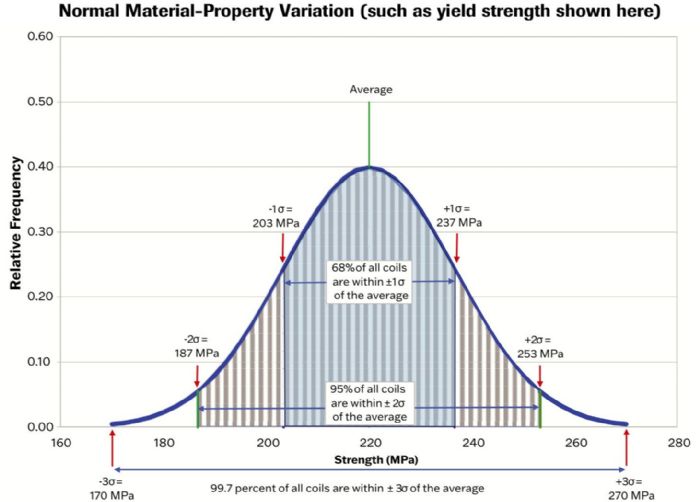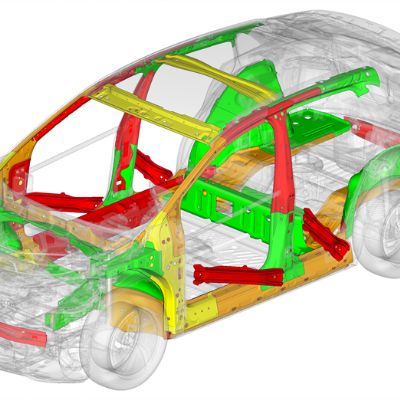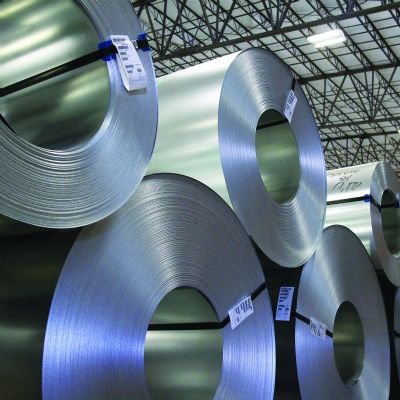Alloy-Property Variability Belongs in Your Workforce-Development Plans
April 26, 2023Comments
When you consider the many variables that impact stamping success, few play as large a role as the properties of the chosen sheet metal. Many metal formers start a job believing that if the numbers on the material-certification sheet meet the specifications, then any future stamping problems will never trace back to the sheet metal. Reality takes over during production, however, leaving them to wonder what to do when they get so-called “bad metal.” Minimizing these challenges requires a little forethought as well as having workers knowledgeable about what to look for when examining the material.
Preproduction Homework
 Many companies include metal forming simulation as an integral part of their workflow before die build begins. Value-added jobs likely will be more complex and use advanced materials—exactly the parts benefitting the most from simulation.
Many companies include metal forming simulation as an integral part of their workflow before die build begins. Value-added jobs likely will be more complex and use advanced materials—exactly the parts benefitting the most from simulation.
Key to the simulation matching reality are the inputs. Each simulation uses three mathematically defined representations of sheet metal flow: the yielding criteria, the hardening model and the failure conditions. Simple models may be adequate for mild steels, but advanced models may help as shops move to tackling increasingly challenging jobs. See the article by Cutting Edge columnist Dr. Eren Billur published in the June 2021 edition of MetalForming for more information about the simulation inputs.
Simulations are accurate, but only to the extent that the inputs represent reality as opposed to an oversimplified estimate of reality. The value of running advanced simulations decreases when using the same inputs and methods for advanced materials as those used for mild steel. Ensure that your simulation technologist uses a proper materials characterization; this also holds true when outsourcing this service. The technologist, either at the metal former or at the contracted simulation firm, may use inputs that are easy to obtain rather than the correct ones. Producing reports isn’t an issue, but these might indicate a misleading level of safety. Remember that the colors displayed by the simulation report only indicate the various thresholds set in the software, and “green” does not necessarily indicate that everything is good. When running a die into production, a metal former might wonder why it cannot run good parts; simulations based on faulty inputs may be the culprit.
Homeline Tool Commissioning
Ideally, metal formers incorporate any modifications learned during simulation into the CAD file used for tool construction. Encountering problems at this stage might arise from avoidable issues. Building tools to the modified CAD file helps, but the hard-tool process often endures additional changes to the blank shape as well as features such as draw beads and radii, which alter metal flow. Feeding back these changes to the simulation technologists will allow them to confirm that the forming process remains robust for the full range of potential material properties. Also, be sure to alert the die-process group of these modifications, as company silos can prevent the process group from learning that their tools have common rework themes in program after program.









